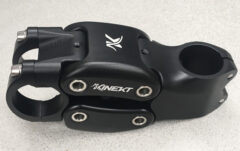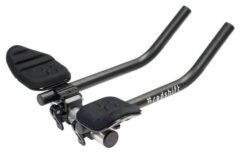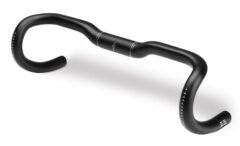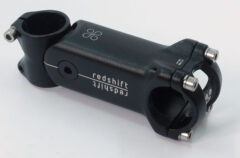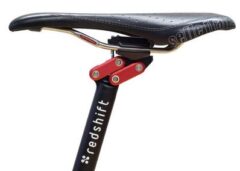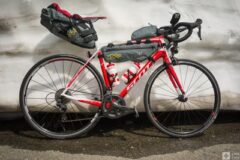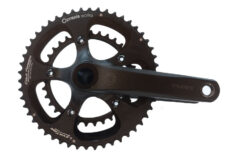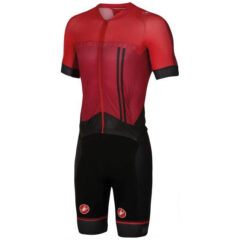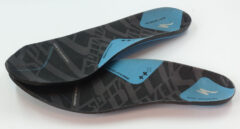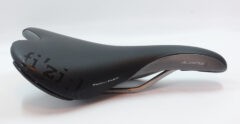The Kinekt Suspension Stem gives a very smooth and comfortable ride, but I found that it’s only suitable for certain types of bikes and the chunky form requires some getting used to the aesthetic. I would recommend this stem to people who want to use it on a more utilitarian rather than a performance bike and want to feel like they’re riding on a cloud. However, in most other situations, I would instead recommend the RedShift ShockStop stem because the fit is more adaptable, it gives a better ride feel and it has a far sleeker look.
Read more ...
The RedShift Quick-Release Aerobars allow cyclists to frequently switch between riding with or without aerobars. They are quite comfortable and reasonably adjustable, but the adjustability wasn’t sufficient for me and I always leave my aerobars mounted, so the extra weight of the quick-release mechanism is unnecessary.
Read more ...
There is a major recent trend for gravel bikes to be equipped with non-standard shapes of drop handlebars: flared bars, riser bars, and dual-level bars. I explain why I wouldn’t recommend any of these odd handlebar shapes over using a standard drop handlebar of the preferred width and an appropriate-height stem. I instead give better solutions for how to achieve each of the goals of these oddly-shaped bars while using a standard drop handlebar.
Read more ...
Over two-thirds of cyclists are using cranks that are longer than recommended. Using cranks that are too long can cause cycling discomfort and injuries, especially when riding longer distances, due to excessive articulation of the knee and hip at the top of the pedal stroke; using cranks that are too short is far less likely to cause problems. I give general recommendations on what crank lengths are suitable for people in various height ranges.
Read more ...
I look at ways to have front suspension on a road or gravel bike. I review the Specialized FutureShock fork found on the Roubaix and Diverge bikes and the RedShift ShockStop stem that can be put on any bike. I also list aftermarket gravel bike suspension forks and the effect of lower tire pressure.
Read more ...
The RedShift Dual-Position Seatpost allows cyclists to easily change the fore and aft saddle position while riding, so it’s useful for people riding a road bike with clip-on aerobars who want the saddle setback to be optimized for both positions. I found it to be well made and to function admirably.
Read more ...
Instead of doing multi-day training rides to prepare physically for bikepacking races, you should do them to test strategies and equipment and learn skills.
Read more ...
Good bikepacking equipment doesn’t need to cost much. Reliability, functionality and repairability are often more important than weight or aerodynamics.
Read more ...
The cranks on 70% of new bikes are the wrong length. Appropriate length cranks can help to increase comfort and avoid injuries when cycling long distances.
Read more ...
Advice on choosing a bicycle frame (material, geometry, etc.) for long-distance cycling and the pros and cons of rim brakes versus disc brakes on road bikes.
Read more ...
Advice on choosing gear ratios for long-distance cycling by combining the rider’s sustainable power and preferred cadence with route information.
Read more ...
Having comfortable clothing is essential for long-distance cylcing. Bikepackers cannot carry much extra clothing, so every item must be chosen wisely.
Read more ...
Comfortable shoes are essential for long-distance cycling. Bikepackers do everything in one pair of shoes, so pedal style (road vs MTB) is important.
Read more ...
Hand comfort is essential for long-distance cycling because problems with cyclist’s palsy / ulnar palsy are common, causing hand numbness & loss of strength.
Read more ...
A comfortable saddle is essential for long-distance cycling. The degree of padding in the shorts, personal hygiene, and tire pressure are also considered.
Read more ...
